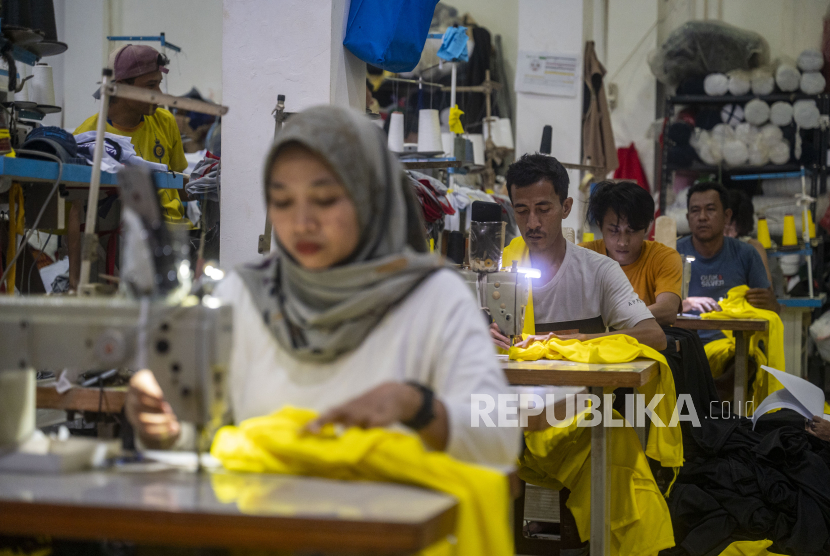REPUBLIKA.CO.ID, JAKARTA -- The Institute for Development of Economics and Finance (Indef) highlighted the high rate of job cuts in recent months. Head of the Center of Industry, Trade, and Investment Indef Andry Satrio Nugroho said data from the Ministry of Employment (Ministry of Employment) showed a trend of increasing layoffs from January to June 2024.
“This is a danger signal alarm. where we see the achievement of the workforce that was laid off in January to June this achievement is quite high compared to the previous year. This is what we saw that something went wrong this year,” Andry said during Indef's public discussion titled “Textile Industry is Screaming, PhK Melejit” in Jakarta, Thursday (8/8/2024).
Based on this data, Andry said, the number of layoffs in January-June 2024 reached 32,064 people. That's a pretty significant 21.4 percent increase from the same period last year of 26,400 people.
Andry said many of the layoffs are in industrial hubs. One of them that contributes considerably is the textile and apparel industries.
“We know that we are quite successful in that way, when we talk about textiles and products from textiles and also finished clothes in the past,” he added.
Andry called this strategic and also labor-intensive sector precisely the one that is getting considerable pressure on this day raises big questions. Andry believes that government policies certainly have a big impact in affecting the sustainability of the textile and apparel industry.
Andry said the government's industrial policy direction prioritized downstream programs. But unfortunately, the government's focus is only fixated on downstream mining.
“While we know textiles, if we pull back, this is actually part of downstream in oil and gas. So this textile is a downstream product of petrochemicals. So the government should also give considerable effort and certainly not indiscriminately. Do not prioritize only downstream mining,” Andry continued.
Andry explained that the non-oil and gas processing industry in 2023 contributes about 16.8 percent of its contribution to GDP. Andry detailed five industrial subsectors contributing 12.3 percent of which are food and beverage, pharmaceutical chemicals, and traditional medicine, electronics, transportation equipment, and textiles and apparel.
“I believe that this year, the base metals industry will overtake textiles and apparel as the fifth largest industry contributor to GDP and textiles will eventually fall,” he said.
Andry said the weakening performance of the textile and apparel industries is evident from the growth that has always contracted in recent quarters. The government, Andry continued, must move quickly to catch the danger signals that are happening to the textile and apparel industry sectors.
“The government must catch these signals of danger and prepare the steps to be taken. We hope the president also takes a look at this textile industry because it's an industry that contributes a considerable workforce,” Andry said.


